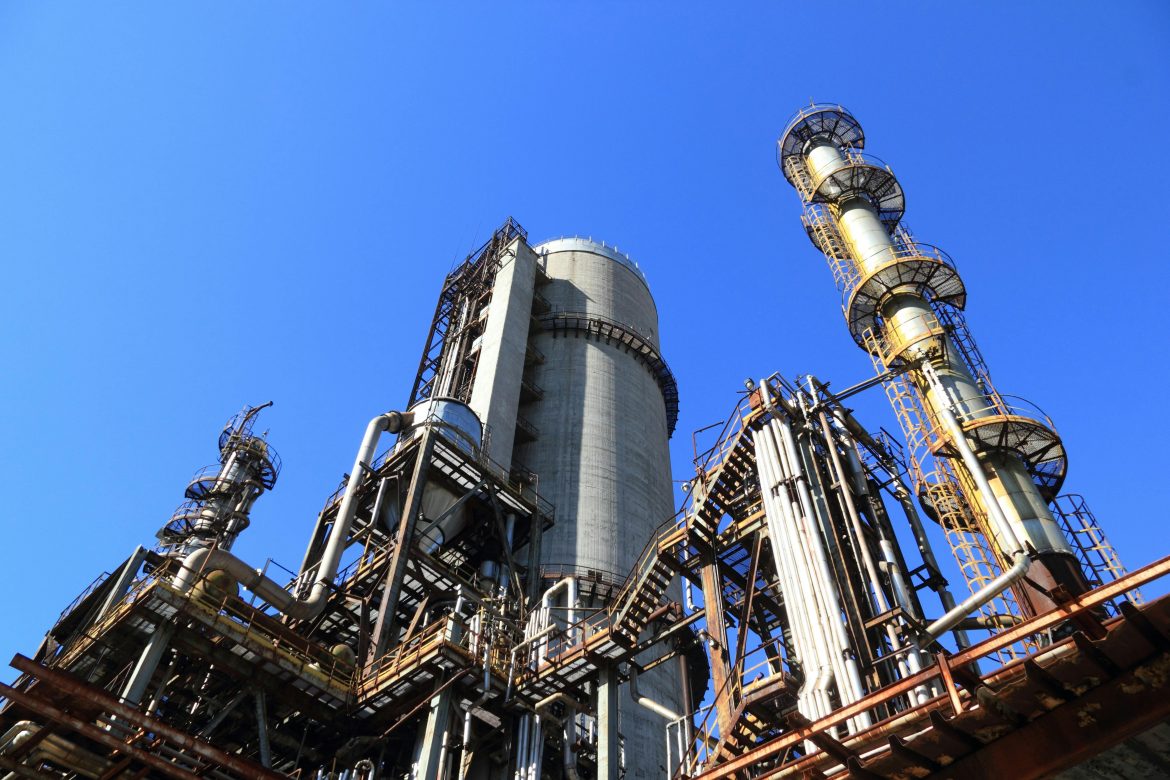The global oil market is facing a period of uncertainty as demand growth fails to keep pace with planned supply increases by OPEC+, according to recent data and industry analyses. The Organization of the Petroleum Exporting Countries and its allies (OPEC+) is set to boost oil production starting October, but current demand trends suggest the market may struggle to absorb this additional supply.
Oil consumption growth in the first seven months of 2024 has fallen short of expectations, particularly in the world’s top consumers, the United States and China. This sluggish growth, coupled with renewed fears of a U.S. recession and a global economic slowdown, has cast doubt on OPEC+’s plans to increase output.
Gary Ross, CEO of Black Gold Investors and a seasoned OPEC observer, stated, “In current circumstances of significant risk of recession, it is unlikely OPEC+ would move forward with the planned October increases.” This sentiment is echoed by other industry experts who believe the group may need to reconsider its strategy.
The price of oil has recently dropped below $80 per barrel, a level insufficient for most OPEC+ members to balance their national budgets. This price decline reflects growing concerns about global economic health and its impact on oil demand.
China, the world’s second-largest oil consumer, has shown particularly weak demand. Official data reveals that Chinese crude imports for the first seven months of 2024 totalled 10.89 million barrels per day, a 2.4% decrease compared to the previous year. The country’s economic challenges, including a prolonged crisis in the property sector and a shift towards LNG-powered trucks, have contributed to this decline.
In the United States, oil consumption through July has averaged 20.25 million barrels per day, an increase of 220,000 barrels per day from the previous year. However, this growth rate will need to accelerate to meet the government’s 2024 forecast of 20.5 million barrels per day.
Adding to the market’s complexity is the significant discrepancy between demand estimates from OPEC and the International Energy Agency (IEA). OPEC pegs global demand growth at 2.15 million barrels per day in the first half of 2024, while the IEA estimates it at just 735,000 barrels per day. This wide gap in projections creates additional uncertainty for market participants and policymakers.
The divergence in estimates is particularly pronounced for China, with OPEC projecting strong growth while the IEA suggests a contraction in the second quarter. These conflicting views reflect the challenges in accurately assessing global oil demand, especially given the time lag in consumption data and frequent revisions to preliminary figures.
For OPEC+’s supply increase plans to be viable, global oil demand growth would need to accelerate significantly in the second half of the year. Based on OPEC’s estimates, demand growth would need to average 2.30 million barrels per day in the second half, while the IEA’s projections would require growth of 1.22 million barrels per day.
OPEC+ still has time to adjust its strategy before the planned October production increase. The group, which controls over 40% of global crude output, will closely monitor market data in the coming weeks to inform its decision.
Saudi Aramco CEO Amin Nasser expressed optimism, projecting growth between 1.6 million and 2 million barrels per day in the second half of the year. However, some OPEC sources have indicated uncertainty about whether demand is rising rapidly enough to meet the group’s third-quarter forecast.
The situation in the United States adds another layer of complexity to the global oil market. While gasoline demand reached its highest level since August 2019 in May, overall economic data has been less encouraging. U.S. diesel demand, in particular, has shown weakness, falling about 4% in the first five months of 2024 compared to the previous year.



